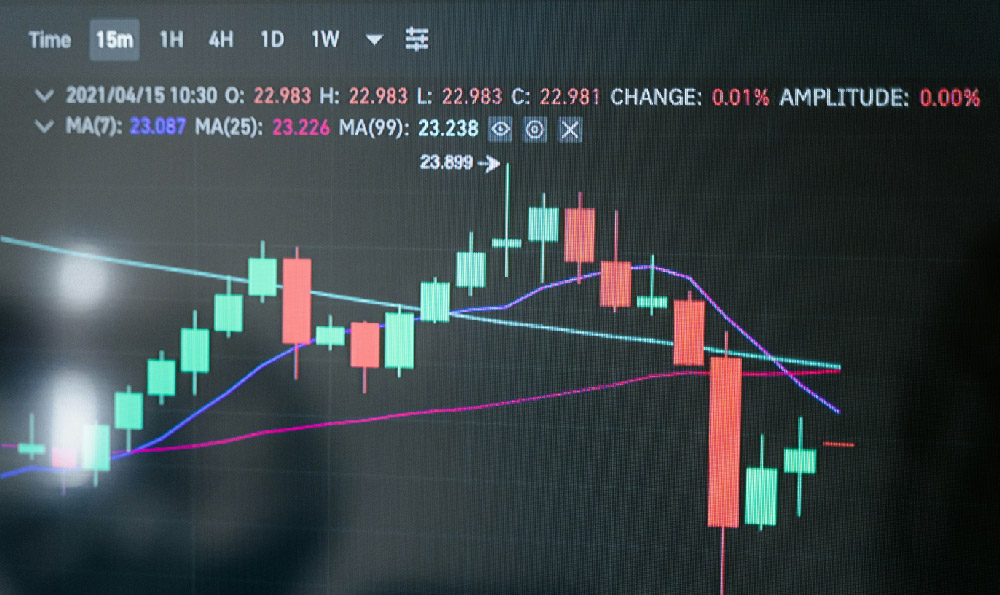SoftBank, a name synonymous with audacious investments and disruptive technologies, has significantly shaped the modern tech landscape. Understanding their investment strategy, portfolio, and impact is crucial for anyone interested in venture capital, technology trends, or the global economy. Let's delve into the intricacies of SoftBank's investment approach, exploring their target areas, methodologies, and the broader implications of their ventures.
SoftBank's investment philosophy can be characterized as high-risk, high-reward, with a focus on identifying and backing companies poised to become market leaders. They aren't interested in incremental improvements or playing it safe. Instead, they seek out visionary founders and groundbreaking ideas with the potential to transform industries. This bold approach, while occasionally resulting in spectacular failures, has also led to significant successes and propelled numerous companies to unicorn status. A core tenet of their strategy is to provide massive capital infusions, far exceeding what traditional venture capitalists might offer, allowing these companies to scale rapidly and aggressively pursue market dominance. This "blitzscaling" strategy, championed by Reid Hoffman, is a hallmark of SoftBank's approach.
Central to SoftBank's investment activities is the Vision Fund, a massive investment vehicle with a mandate to invest in artificial intelligence, robotics, the Internet of Things, and other transformative technologies. With a target size of nearly $100 billion, the Vision Fund dwarfed other venture capital funds and fundamentally altered the dynamics of the tech investment landscape. The fund's sheer size enabled SoftBank to take significant stakes in companies, exert considerable influence on their strategies, and shape entire industries. The fund's investors included sovereign wealth funds, pension funds, and large corporations, reflecting a broad interest in capturing the potential upside of the next wave of technological innovation. The sheer volume of capital deployed by the Vision Fund also created a ripple effect, driving up valuations and attracting other investors to the sectors it targeted.

The "What" of SoftBank's investment portfolio is remarkably diverse, spanning a wide range of sectors and geographies. While a strong emphasis is placed on technology, their investments extend to areas like transportation (Uber, Didi Chuxing), e-commerce (Alibaba, Coupang), healthcare (Guardant Health), and even real estate (Compass). This diversification reflects a belief that technological disruption will permeate all aspects of the economy. Examining the portfolio reveals a recurring theme: a focus on companies employing AI and data analytics to optimize processes, enhance efficiency, and create new business models. SoftBank's investment in ARM, a leading chip designer, exemplifies their commitment to the foundational technologies that underpin the digital economy. Their backing of companies like WeWork (though ultimately problematic) highlighted their interest in reimagining traditional industries through technology and community building. This investment strategy is predicated on the belief that data is the new oil and that companies capable of harnessing and analyzing vast datasets will possess a significant competitive advantage.
Now, turning to the "How" of SoftBank's investment process, it's important to recognize the combination of rigorous analysis and gut feeling that often plays a role. While they employ a team of experienced analysts to assess market trends, competitive landscapes, and financial projections, the ultimate decision often rests on the conviction of key individuals, particularly Masayoshi Son, the founder and CEO of SoftBank. Son's track record of identifying and backing successful companies, most notably his early investment in Alibaba, has given him a reputation for prescience. The investment process typically involves extensive due diligence, including in-depth interviews with the management team, analysis of market data, and assessment of technological feasibility. However, SoftBank's willingness to invest in companies with unproven business models or limited revenue reflects a higher tolerance for risk than traditional venture capitalists. They are willing to bet on the potential for future growth, even if it means accepting a higher probability of failure.
A key component of SoftBank's investment strategy is active involvement in the companies they back. They often take board seats, provide strategic guidance, and leverage their network to facilitate partnerships and acquisitions. This hands-on approach is intended to accelerate growth and increase the likelihood of success. However, it can also lead to conflicts of interest and tensions between SoftBank and the management teams of portfolio companies. Some critics argue that SoftBank's aggressive investment style and emphasis on rapid growth can create unsustainable business models and ultimately harm the long-term prospects of the companies they back. The WeWork debacle serves as a cautionary tale, highlighting the risks of prioritizing growth over profitability and sound corporate governance.
The impact of SoftBank's investments on the tech industry and the broader economy has been profound. Their massive capital infusions have fueled innovation, accelerated the adoption of new technologies, and created numerous jobs. However, they have also contributed to inflated valuations, increased competition, and a greater emphasis on short-term growth. The long-term consequences of SoftBank's investment strategy remain to be seen, but there's no denying their significant influence on the direction of technological development and the structure of the global economy. Understanding SoftBank's investment philosophy, portfolio, and impact is crucial for anyone seeking to navigate the complexities of the modern tech landscape. It offers valuable insights into the forces shaping innovation, the risks and rewards of venture capital, and the future of the global economy. By studying both their successes and their failures, investors, entrepreneurs, and policymakers can gain a deeper understanding of the dynamics of technological disruption and the challenges of building sustainable businesses in a rapidly changing world.












